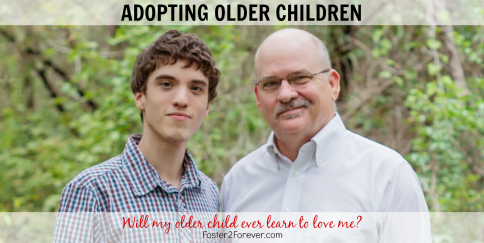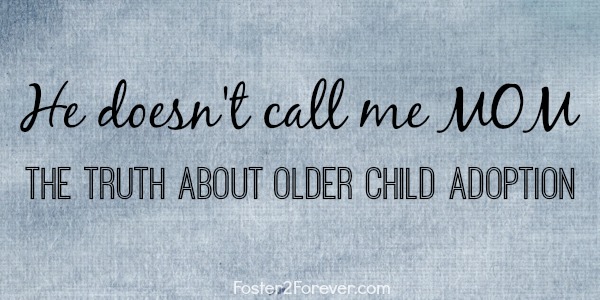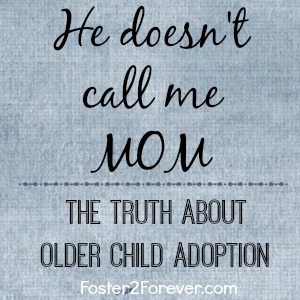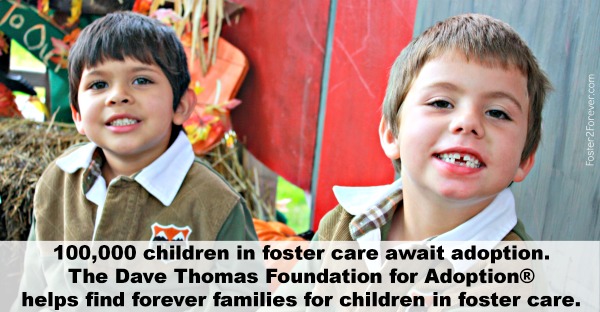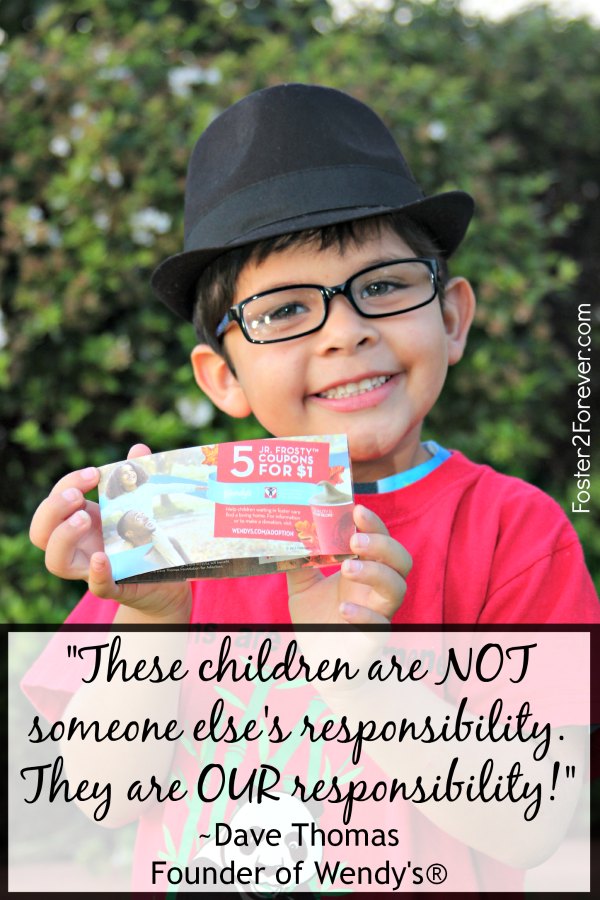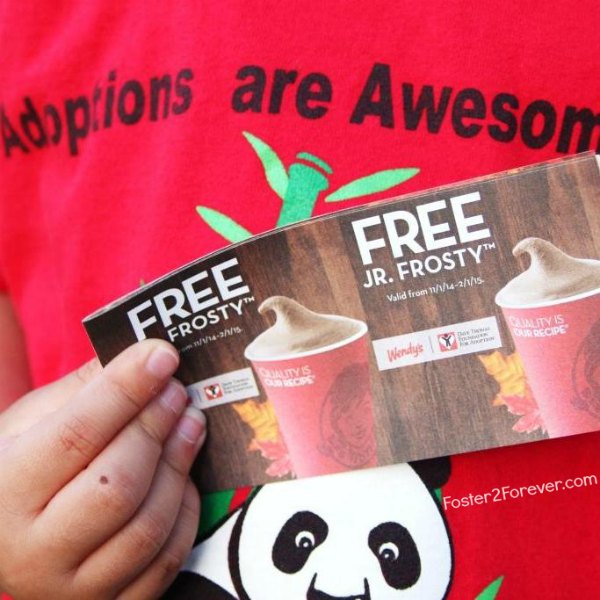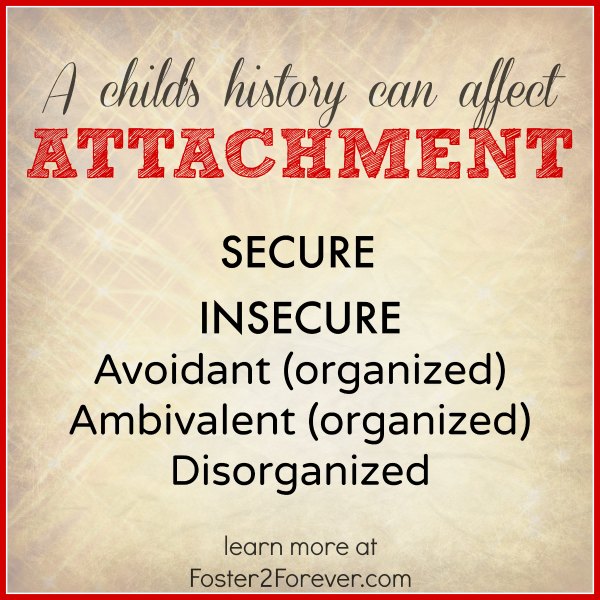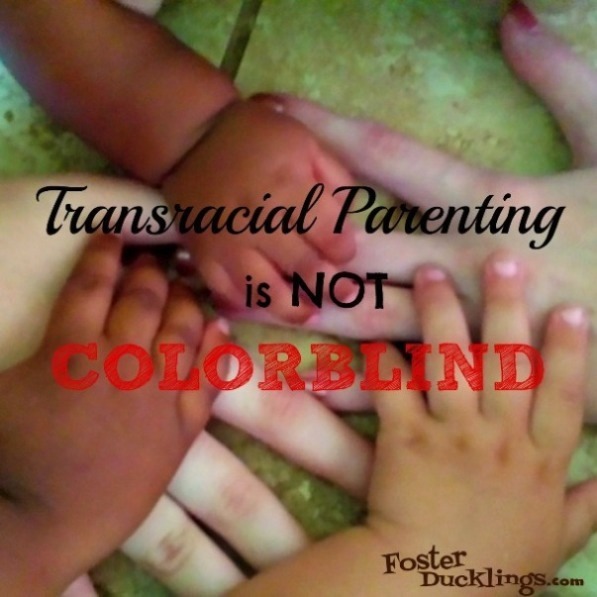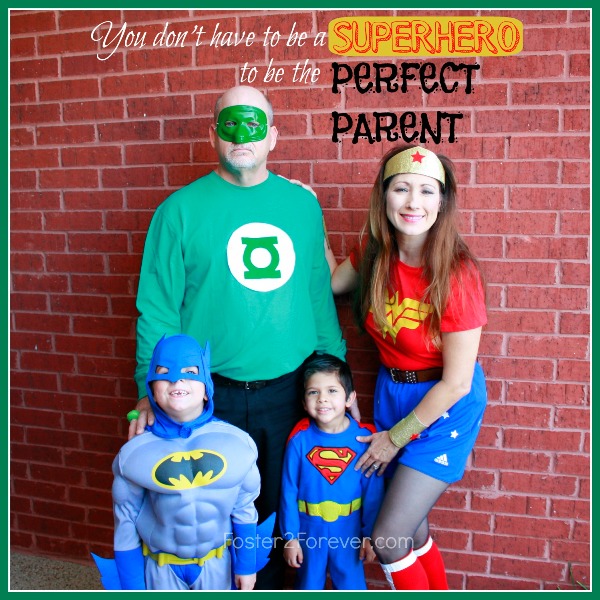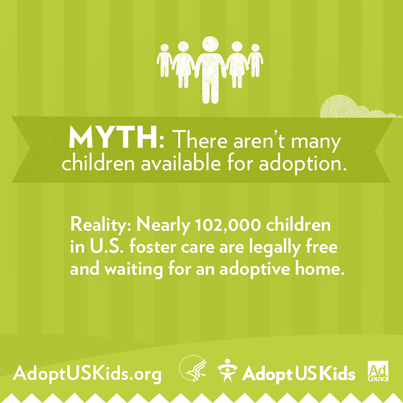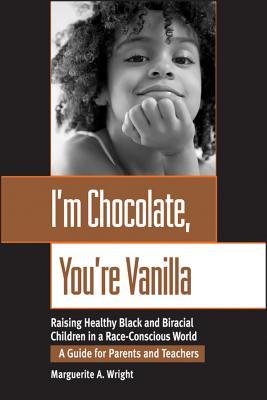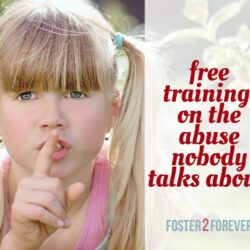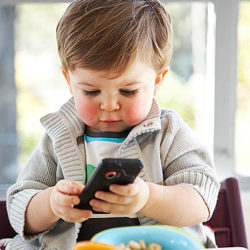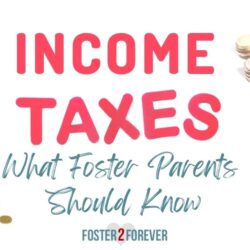FEDERAL FUNDS ARE AVAILABLE FOR ADOPTIVE PARENTS!
 Did you, or someone you know, adopt a child from the foster care system in 2011?
Did you, or someone you know, adopt a child from the foster care system in 2011?
If so, you may be eligible for a $13,360 refund per adopted child from the IRS — so long as it is claimed before April 15, 2015 – less than five months from now.
Many families are not aware that they are eligible for these funds, and are often incorrectly told by tax preparers that they do not qualify. The main eligibility requirements are:
- Adoption of a child from the foster care system in 2011;
- Adopted child(ren) receive a monthly post-adoption subsidy.
AdoptFund has helped nearly 1,500 families across the country claim $27.5 million in adoption credits. AdoptFund specializes in assisting families obtain this credit, and have worked with many community-based care agencies such as Our Kids of Miami-Dade/Monroe and the Sarasota Family YMCA, as well as adoption attorneys. One AdoptFund client, Alena, adopted a child from the foster care system with severe medical issues in 2011, and received the full Adoption Credit of $13,360 within 7 months of applying for it. Using this money, she was able to afford medical equipment and supplies that were previously out of her price range, vastly improving her adopted child’s quality of life, as well as helping to ease some of the burden from herself. Another AdoptFund client, Rebecca, adopted her grandson out of the foster care system in 2011, and received the full Adoption Credit of $13,360 within 8 months of applying for it. Using this money, she was able to reclaim her car from reposition, allowing her to drive her grandson to and from school again. She also had enough left over to set up a college fund for her grandson, and was able to afford new computers for her and her family.
AdoptFund can also help you with your 2014 Federal IRS income tax return — the adoption tax credit for 2014 is $13,190.
Don’t wait until it is too late – call AdoptFund now, toll-free, at (855) 991-7680 for a free, no obligation consultation, or visit the AdoptFund website at www.adoptfund.com, find AdoptFund on Facebook and follow on Twitter @Adoptfund.
This is a sponsored post for AdoptFund.


